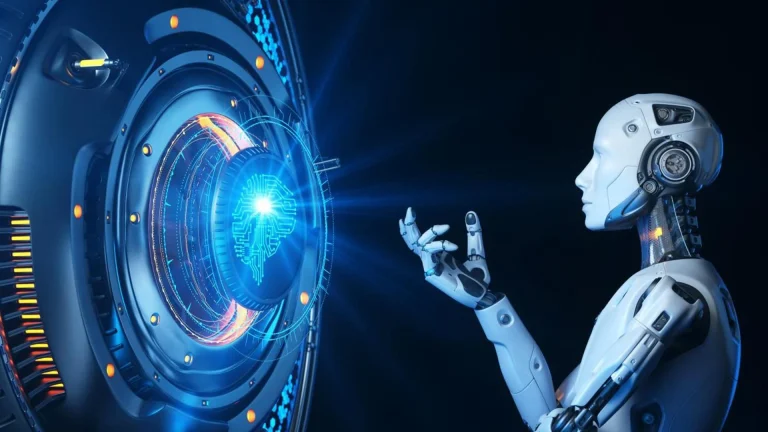Integrated PV Systems: Enhancing Energy Efficiency
Renewable energy sources have become increasingly imperative in today’s world, and solar power stands out as a promising solution to meet our energy demands sustainably. Integrated Photovoltaic (PV) systems represent a crucial facet of this solar energy revolution. These systems seamlessly merge solar panels into various structures and devices, harnessing sunlight to generate electricity while concurrently serving other functional purposes.
Understanding Integrated PV Systems
Integrated PV systems encompass a range of innovative technologies that integrate solar panels into diverse applications. Unlike conventional solar installations, these systems are designed to be multifunctional, serving purposes beyond just generating electricity. They seamlessly blend with architectural elements, infrastructure, and even consumer products.
Types of Integrated PV Systems
- Building-Integrated Photovoltaics (BIPV): BIPV involves incorporating solar elements directly into building materials like roofs, facades, or windows. Solar shingles, solar glass, and solar walls exemplify this approach, providing both aesthetic appeal and energy generation.
- Vehicle-Integrated Photovoltaics (VIPV): VIPV integrates solar panels into vehicles, such as cars, buses, and even planes. These panels supplement the vehicle’s power needs, enhancing their energy efficiency and reducing reliance on conventional fuels.
- Portable and Wearable PV: This category includes solar panels integrated into backpacks, clothing, and accessories. These items harness solar energy to charge devices on the go, offering convenience and sustainability.
Advantages of Integrated PV Systems
- Space Utilization: Integration of solar panels into existing structures optimizes space utilization, especially in urban areas where land is limited.
- Aesthetic Appeal: These systems blend seamlessly with architecture and design, enhancing the visual appeal of buildings and structures.
- Energy Efficiency: By utilizing otherwise unused surfaces, integrated PV systems contribute to enhanced energy efficiency and renewable energy generation.
- Cost Savings: Over time, integrated PV systems can reduce energy costs by generating clean, sustainable electricity.
Challenges and Future Prospects
Despite their numerous advantages, integrated PV systems face challenges related to efficiency, cost, and technological limitations. The efficiency of integrated systems is often lower than traditional PV setups due to limitations in available surface area and orientation. Cost concerns regarding installation and maintenance also hinder widespread adoption.
However, ongoing technological advancements and research in materials science and solar cell efficiency hold promise for overcoming these challenges. Improved manufacturing techniques, innovative materials, and increased awareness of the benefits of integrated PV systems pave the way for a more sustainable future.
Conclusion
Integrated PV systems represent a pivotal advancement in renewable energy technology, offering a seamless integration of solar power generation into our daily lives. While facing challenges, these systems hold immense promise for revolutionizing how we generate and utilize clean energy. With ongoing advancements, integrated PV systems will undoubtedly play a crucial role in addressing our energy needs while striving for a more sustainable future.






